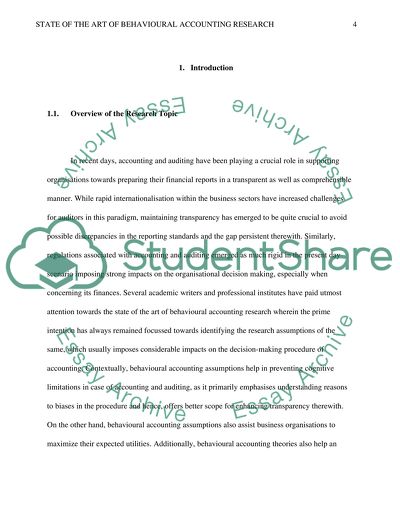Cite this document
(“State of the Art of Behavioural Accounting Research Literature review”, n.d.)
State of the Art of Behavioural Accounting Research Literature review. Retrieved from https://studentshare.org/finance-accounting/1673203-state-of-the-art-of-behavioural-accounting-research
State of the Art of Behavioural Accounting Research Literature review. Retrieved from https://studentshare.org/finance-accounting/1673203-state-of-the-art-of-behavioural-accounting-research
(State of the Art of Behavioural Accounting Research Literature Review)
State of the Art of Behavioural Accounting Research Literature Review. https://studentshare.org/finance-accounting/1673203-state-of-the-art-of-behavioural-accounting-research.
State of the Art of Behavioural Accounting Research Literature Review. https://studentshare.org/finance-accounting/1673203-state-of-the-art-of-behavioural-accounting-research.
“State of the Art of Behavioural Accounting Research Literature Review”, n.d. https://studentshare.org/finance-accounting/1673203-state-of-the-art-of-behavioural-accounting-research.


